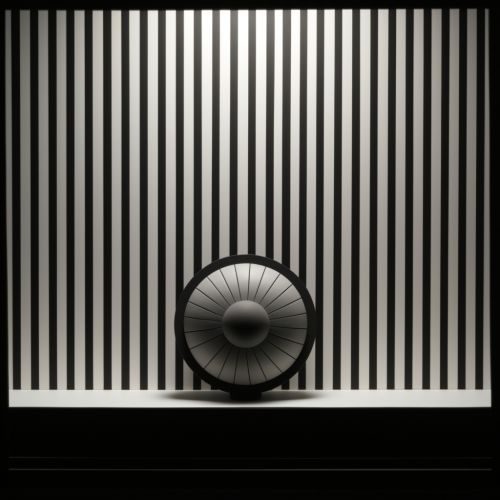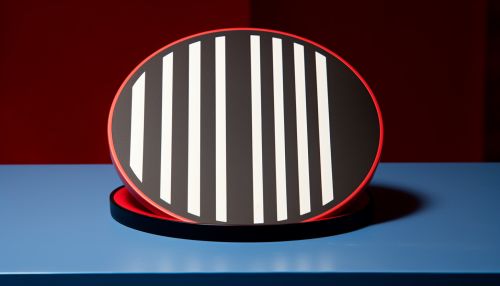Judgment of Line Orientation
Overview
The Judgment of Line Orientation (JLO) is a standardized psychological test that assesses an individual's ability to discern the orientation of a line in space. This test is frequently used in neuropsychological evaluations to measure spatial perception and orientation abilities, which are cognitive functions related to how we understand and interact with our physical environment.
Test Description
The JLO test consists of a series of 30 items, each of which presents two lines at different orientations on a circular background. The task for the examinee is to match the orientation of these two lines to a set of 11 numbered lines that are arranged in a semicircle. The lines in the semicircle are fixed at 18-degree intervals, ranging from a horizontal line to a vertical line.
The examinee's task is to identify the number that corresponds to each of the two lines in the item. The test is untimed, allowing the examinee to take as much time as they need to make their judgments. The total score is based on the number of correct matches made by the examinee.


Theoretical Background
The JLO test is grounded in the theoretical framework of visual perception and spatial cognition. Visual perception refers to the brain's ability to interpret and make sense of visual information from the environment. Spatial cognition, on the other hand, involves the understanding and manipulation of spatial relationships in the environment.
The ability to judge line orientation is a fundamental aspect of spatial cognition. It is crucial for many everyday tasks, such as reading a map, estimating distances, and navigating through the environment. The JLO test is designed to measure this specific aspect of spatial cognition.
Clinical Applications
The JLO test has a wide range of clinical applications. It is commonly used in neuropsychological evaluations to assess spatial perception and orientation abilities, which can be impaired in various neurological conditions.
For instance, the test is often used in the assessment of individuals with stroke, traumatic brain injury, or Alzheimer's disease. These conditions can cause damage to the brain regions involved in spatial cognition, leading to difficulties in tasks such as line orientation.
The JLO test can also be used to monitor the progress of these conditions over time or to evaluate the effectiveness of therapeutic interventions.
Research Applications
In addition to its clinical uses, the JLO test has been widely used in research settings. It has been employed in studies investigating the neural mechanisms underlying spatial cognition, the effects of aging on spatial abilities, and the impact of various interventions on spatial cognition, among other topics.
For instance, research using the JLO test has contributed to our understanding of the role of the right hemisphere in spatial cognition. Studies have found that individuals with right hemisphere damage often perform poorly on the JLO test, suggesting that this hemisphere plays a crucial role in line orientation judgments.
Limitations
While the JLO test is a valuable tool in both clinical and research settings, it is not without limitations. One potential issue is that performance on the test can be influenced by factors other than spatial cognition, such as visual acuity, attention, and motivation.
Furthermore, while the test is designed to be culture-fair, it may still be influenced by cultural factors. For instance, individuals from cultures that do not use maps or written language may perform differently on the test.
Finally, while the JLO test provides a measure of spatial cognition, it does not capture all aspects of this complex cognitive domain. Therefore, it should be used in conjunction with other measures for a comprehensive assessment of spatial abilities.
